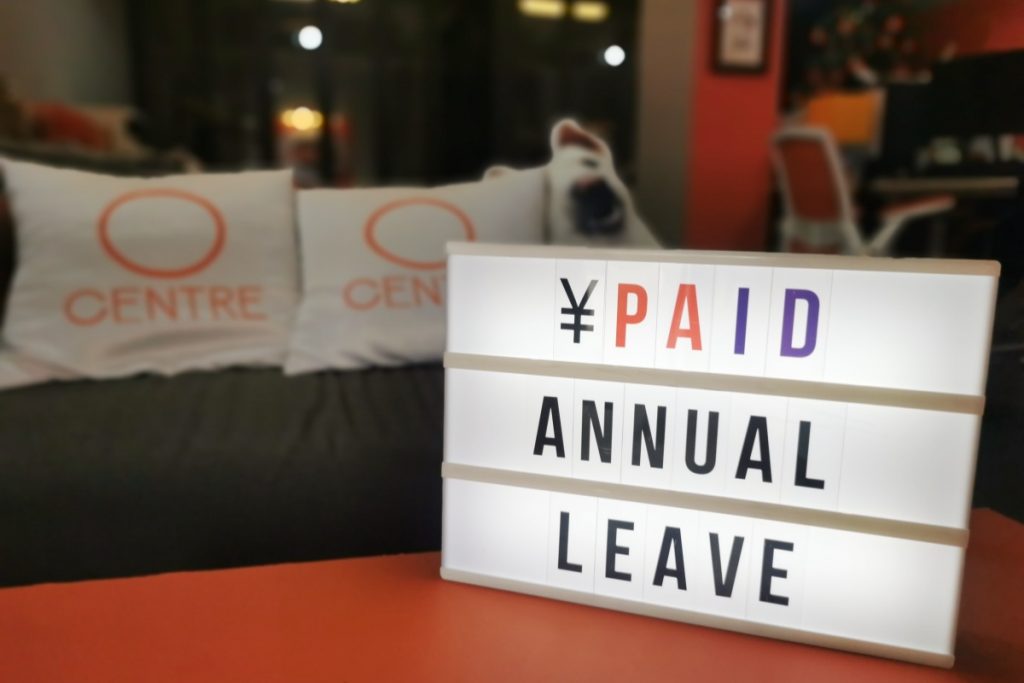Hong Kong is one of the top cities World-wide to set up businesses. Getting started is relatively quick and easy, setup costs are low and the overall environment encourages businesses to thrive. Centre O is here to assist and to facilitate businesses in both Hong Kong and China.

Reasons for being relatively easy to set up businesses in Hong Kong
Simple Registration Process
Hong Kong has a reputation of a straightforward and efficient business registration process. Moreover, the Companies Registry which oversees business registrations, offers online services that streamline the registration process. In fact, if all required document is ready, the business can complete within 3-5 days.
Minimal Regulatory Hurdles
Hong Kong has a business-friendly regulatory environment with relatively few bureaucratic hurdles compared to many other jurisdictions. The city operates under the principle of “positive non-interventionism”. In short, the government intervenes minimally in the affairs of businesses unless necessary. This policy fosters a conducive environment for entrepreneurship.
Low Taxes and Duties
Hong Kong imposes low taxes on businesses with a simple and transparent tax system. For example, corporate profit tax is capped at 16.5% and there is no value-added tax (VAT) or sales tax. Additionally, there are capital gain taxes or withholding taxes on dividends and interest. These favourable tax policies attract investors to set up businesses in Hong Kong.
Strategic Location and Access to markets
Hong Kong’s strategic location in Asia provides businesses with access to the vast Chinese market and other Asia-Pacific markets. Its well-developed infrastructure, efficient transportation networks, and world-class logistics facilities further facilitate business operations and trade. For instance, Hong Kong has extensive traffic networks connected to Mainland China and all over the world.
Strong Legal Framework
Hong Kong has a robust legal framework based on the rule of law, providing businesses with a predictable and stable environment for operations. Contracts are enforceable, and intellectual property rights are protected, giving confidence to entrepreneurs and investors.
Access to Talent
Hong Kong boasts a highly skilled and diverse workforce, with proficiency in multiple languages, including English and Chinese. The city’s universities produce a steady stream of qualified graduates, and its open immigration policies allow businesses to attract talent from around the world.
Supportive Government Initiatives
The Hong Kong government actively supports entrepreneurship and innovation through various initiatives, including funding schemes, incubation programs, and resources for startups. These initiatives help entrepreneurs navigate the business landscape and access the support they need to succeed.
As you can see, the combination of the rules and regulations, policies and environment, all makes Hong Kong as an attractive destination for entrepreneurs to start and grow their businesses quickly and efficiently.
For further information, please contact us.
You may want to read: THE NITTY GRITTY OF SETTING UP A BUSINESS IN HONG KONG








